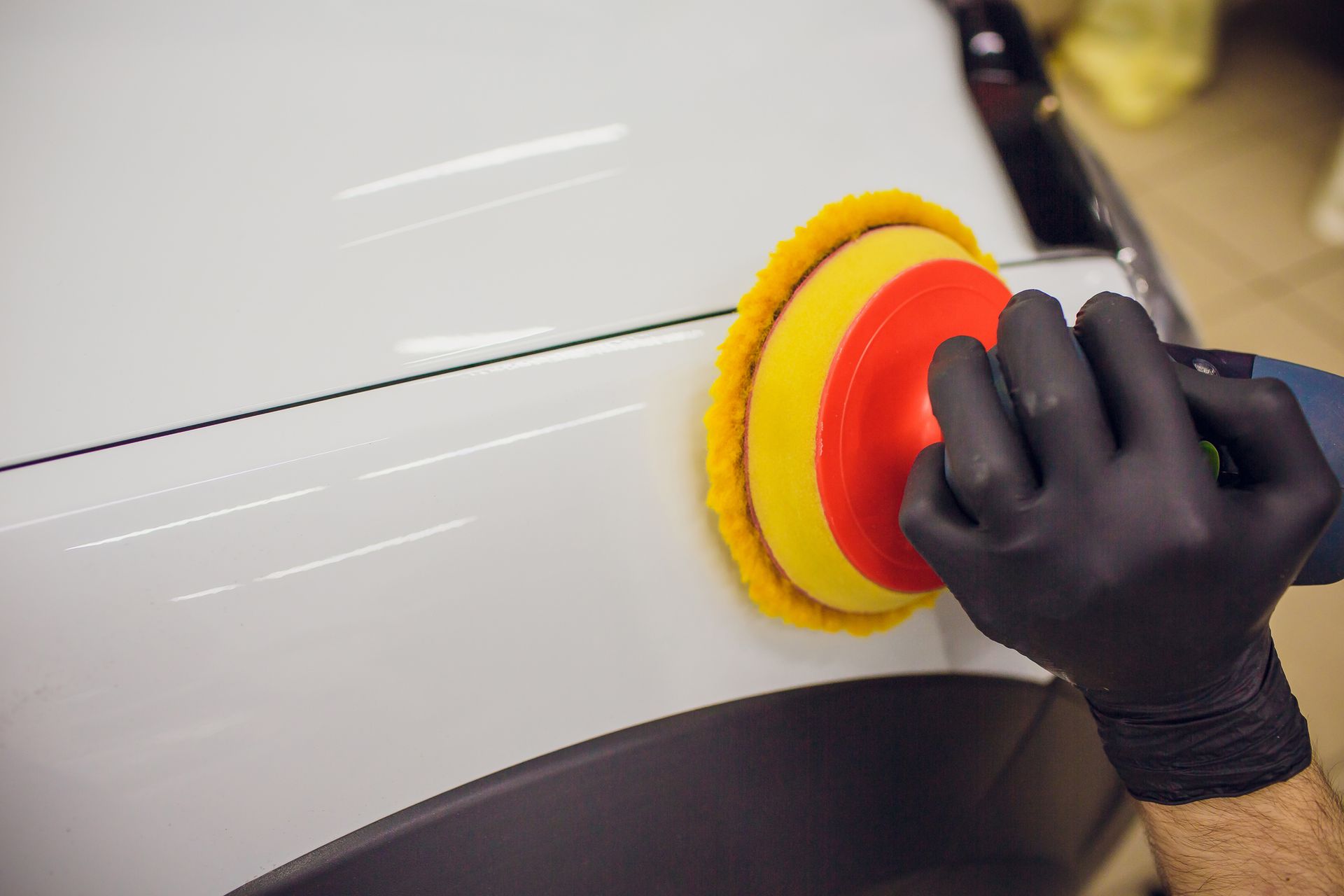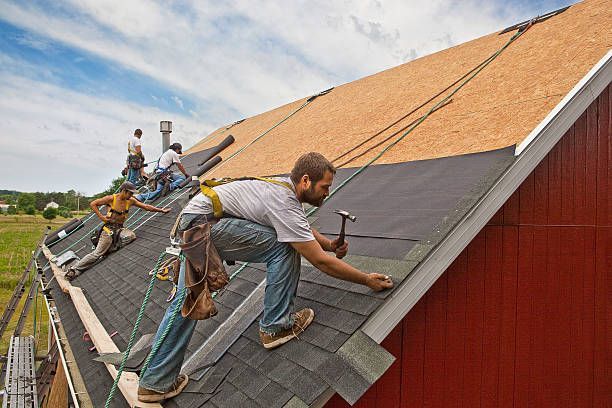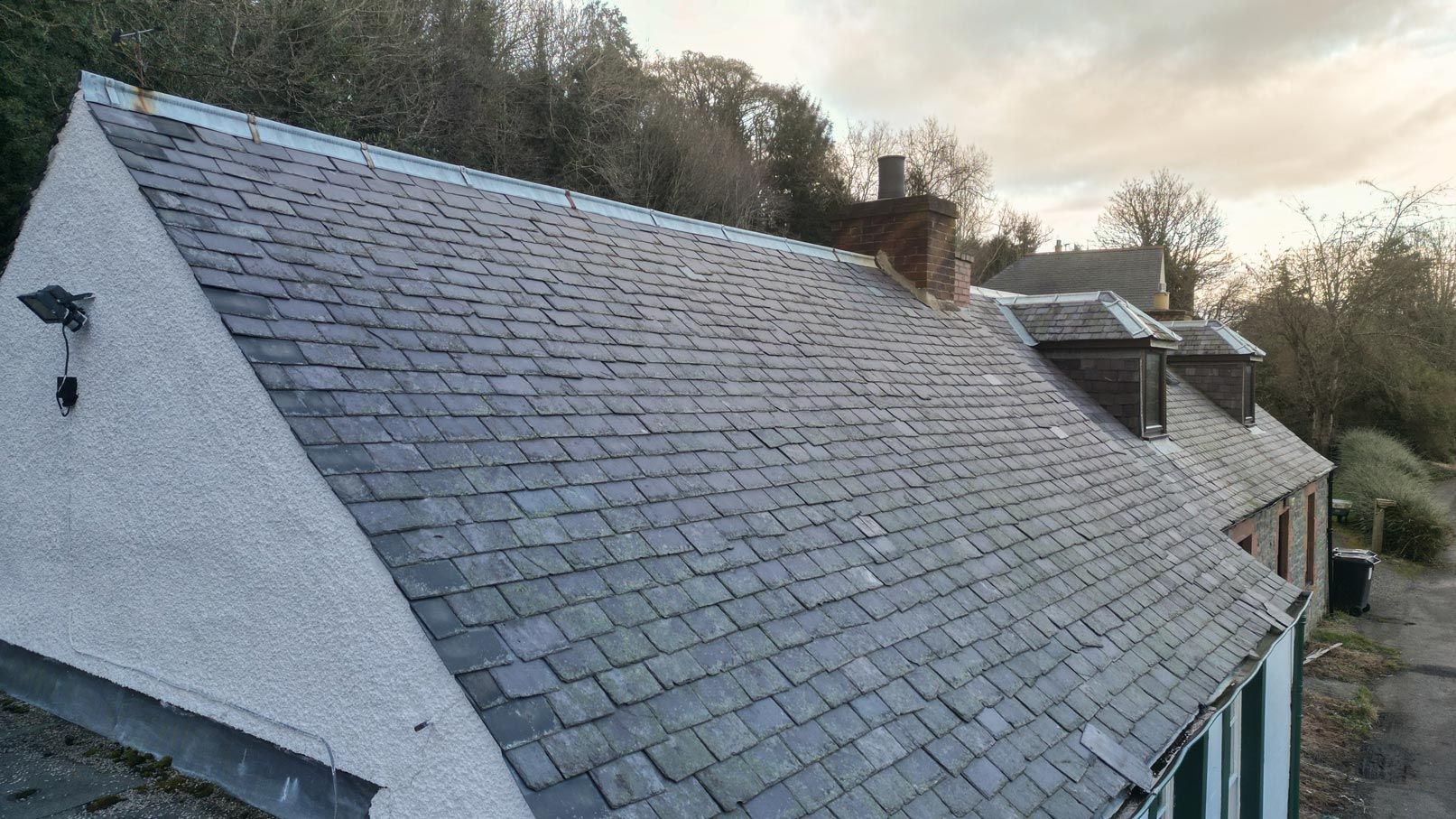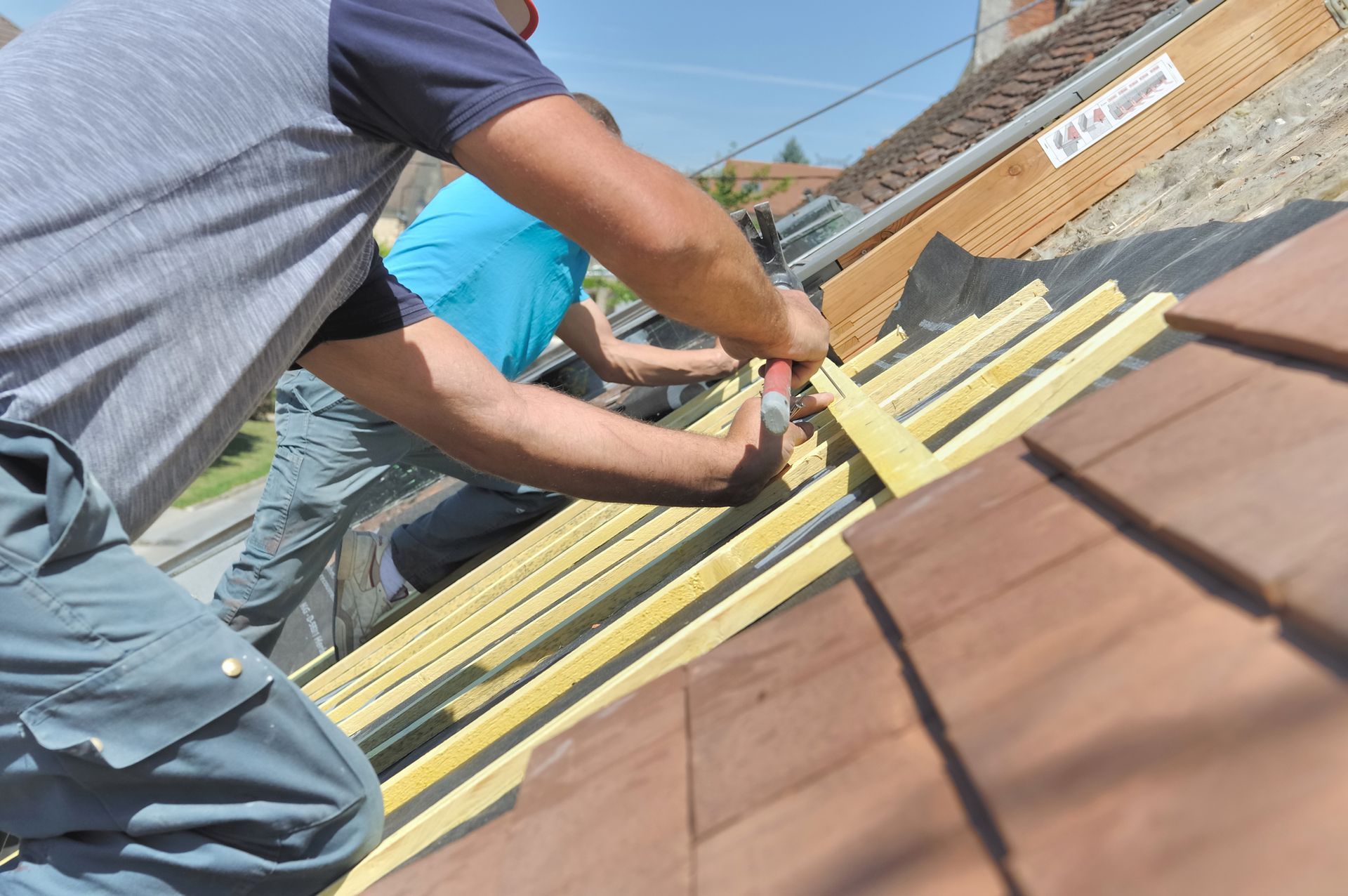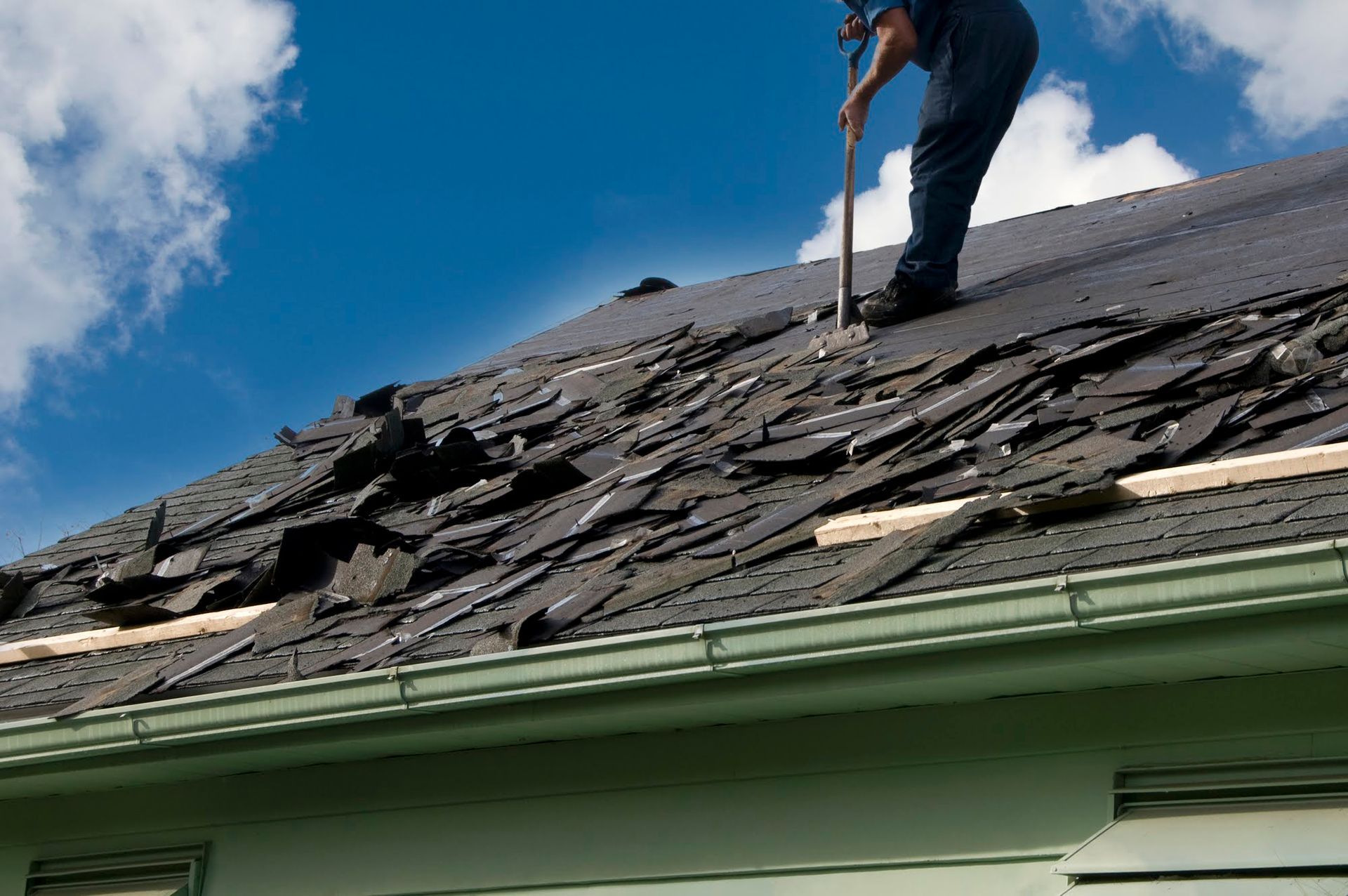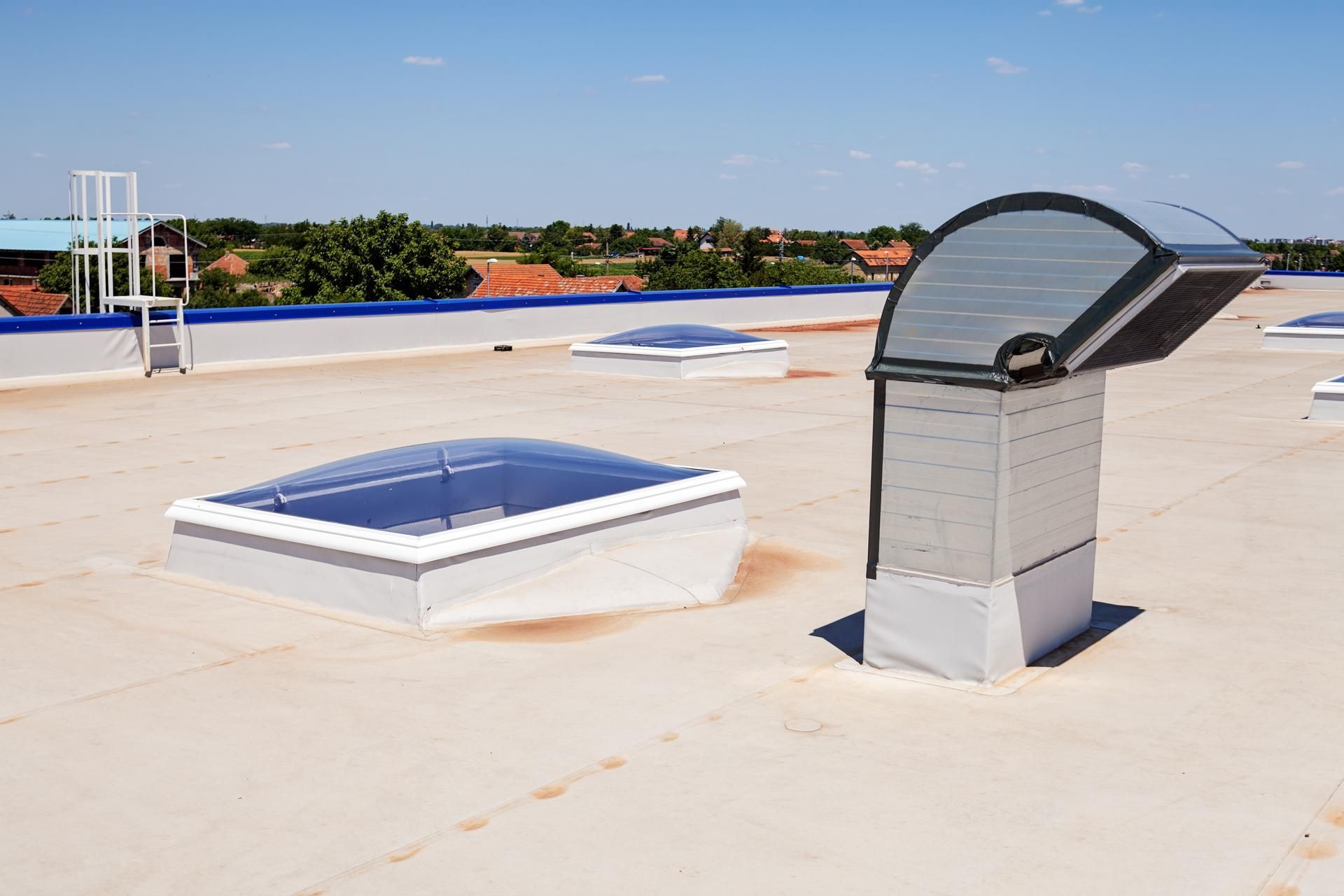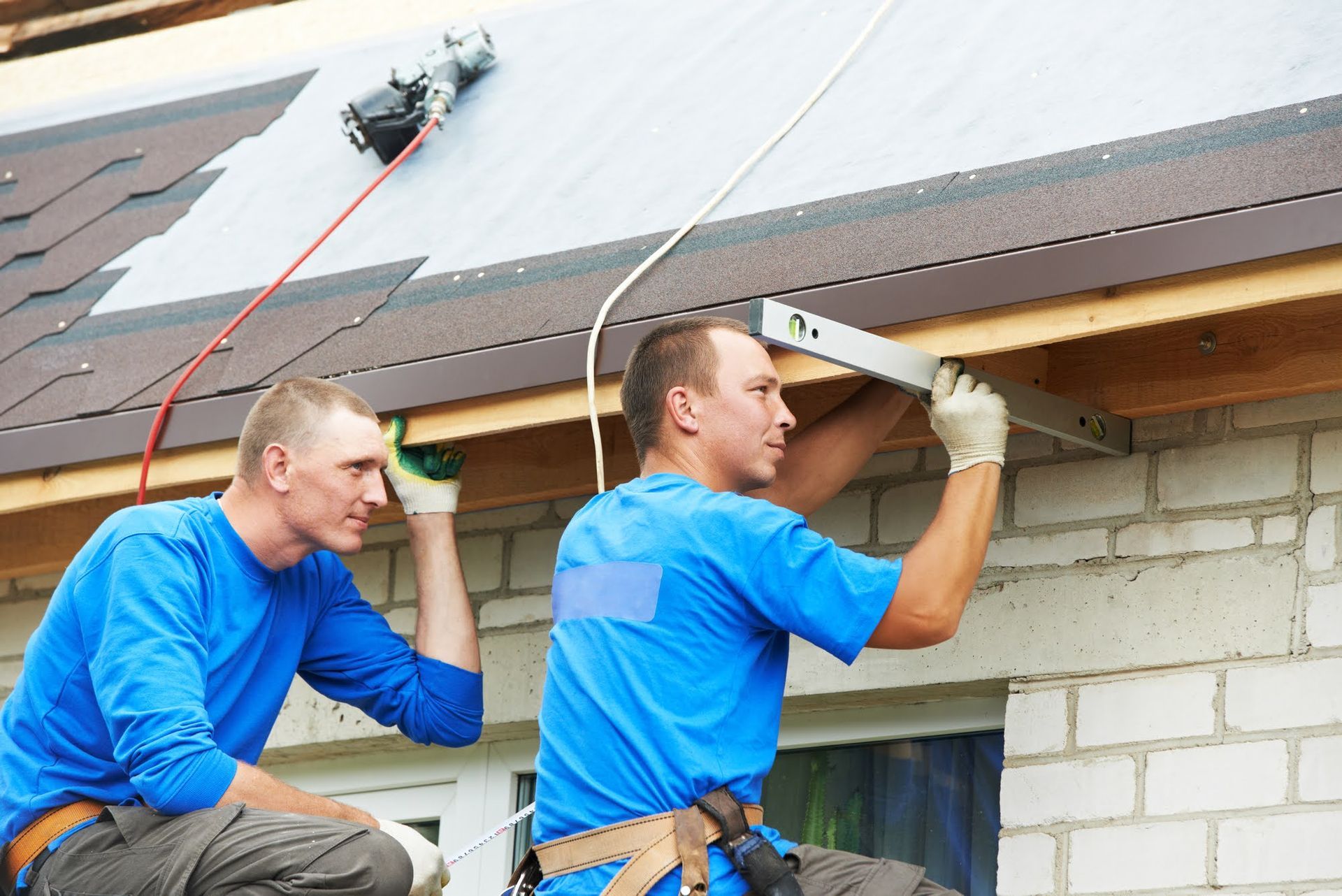Immediate Steps To Take After Storm Damage
A storm is a roof's most common enemy due to the extensive damage it can leave every time it strikes. A tree or large branches can fall on your flat roof, or extremely strong winds can tear away parts of your roof. Although roofs are designed to remain sturdy against weather elements, turbulent weather such as hail, ice, and heavy rain can bring about grave damage to your roof.
So how do you deal with storm damage? A storm-damaged roof requires urgent professional attention from emergency roof repair services.
Here are a few immediate steps to take after experiencing some roof damage.
Assess the Roof Damage
You should not check the roof directly after the storm hits and the sky is clear. Fallen power lines might be resting on your roof, and the roof might be a little unstable. It's also easy to slip due to icy spots and other debris on the roof. Only asses the roof's storm damage after the area is safe and then communicate it to your roofing company and insurance ASAP.
You can use binoculars to closely check the roof's condition without having to climb over. The types of storm damage to look for include:
Wind Damage
High winds can knock over trees and also blow shingles off your roof. If the shingles are blown away, the underlayment becomes exposed to elements, and water damage may ensue. One or two blown shingles are enough to cause a water intrusion. Once the underlayment is damaged, bigger problems are bound to arise later on.
After a windstorm, you need to check for any missing or curling shingles on your shingle roof. If your roof is comprised of wood shingles or shakes, check for any mold or rotting. For flat roofs, identify any cracks, surface wrinkles, or tears.
Don't forget to look for damages to your roof support as well. The damage is usually evidenced by rot, rust, or dented sections of the gutters, loose bricks on the chimney, flashing tears, or crumbling roofing cement.
Hail Damage
Large amounts of hail can dent the siding and roof and also tear the shingles off. If you find shingles lying on the ground after a storm, you can most likely blame it on hail damage. Also, check for dented and buckling shingles on the roof. Hail damage is also responsible for dented, missing, or hanging flashing.
Small or large hail also removes asphalt granules from the shingles. The granules usually shield the shingles from the sun's UV rays, without which the shingles age prematurely and can cause a bit of water seepage.
Assess Water Damage
Unlike wind and hail damage, signs of water damage are not always clear, especially when you are inspecting the roof from the ground. You can, however, identify water damage by checking for water stains on the walls or the ceiling.
Check the basement and crawl spaces for mold, leaks, and wood rot. Also, check for fog on your window panes. If you notice sagging wood that feels soft when you touch it, then it is a likely sign that water damage has occurred.
Contact a Roofing Contractor and Insurance Company
Ideally, you should leave the roof inspection to professionals to get you a detailed listing of the roof damage through which they will estimate the repairs. You may then contact your insurance company to get a clarification of what your policy covers.
The insurance company pays most if not all the repair costs, so you will not incur as many out-of-pocket payments. All you need to do is file a claim and present photos of the damage and any other information that can expedite the process. The faster you file the requisite paperwork, the sooner the claim will be settled.
After severe weather, your roof may suffer hail, wind, or water damage. If you notice any of these damages to your roof after a storm, we can help. Contact Alpha Roofing Services for a quote from reputable contractors.


